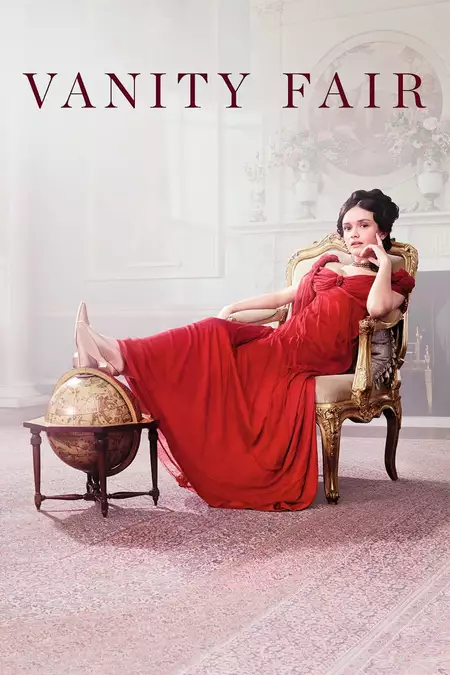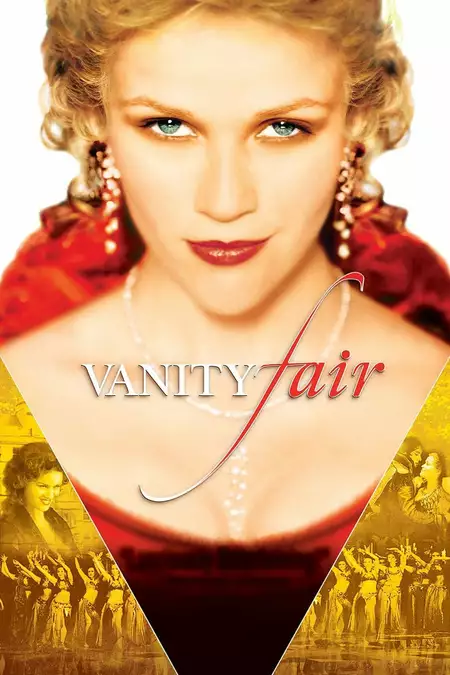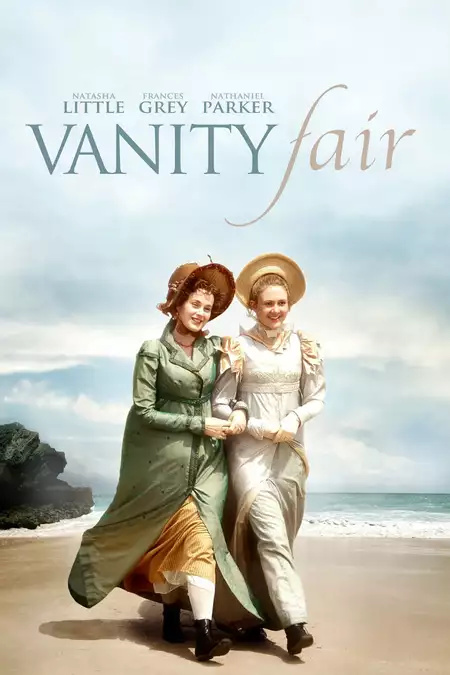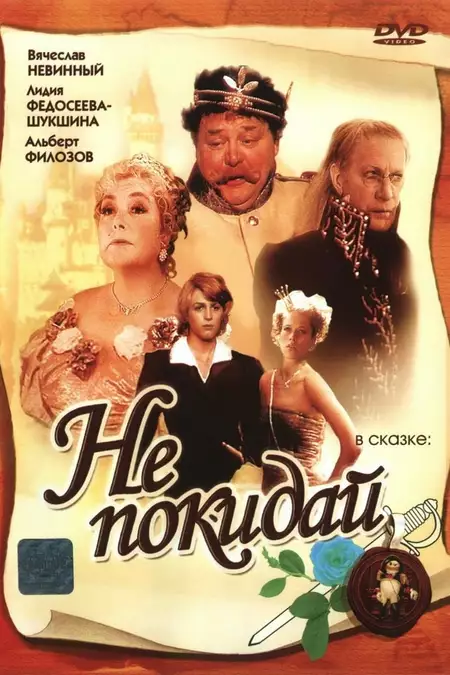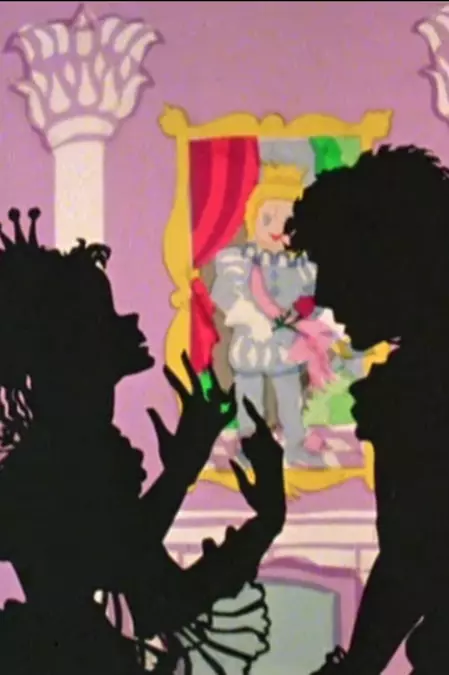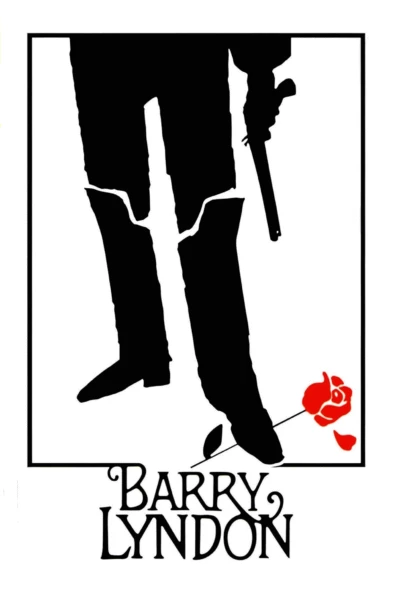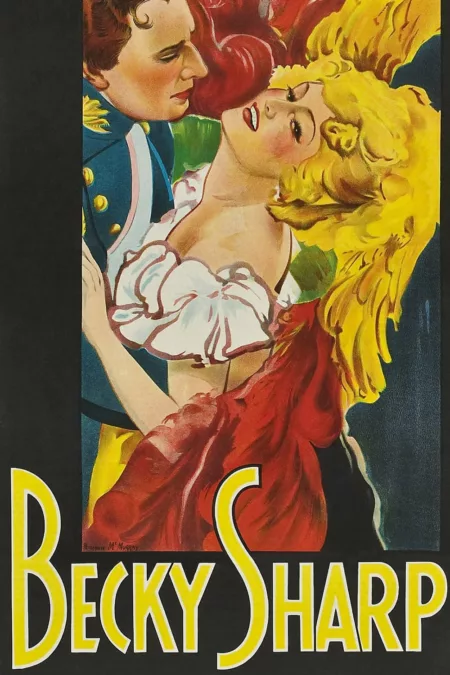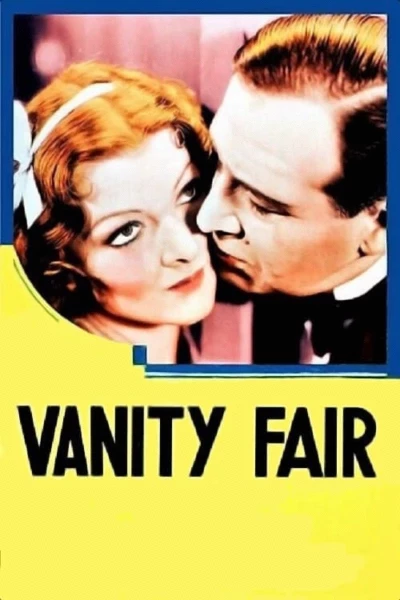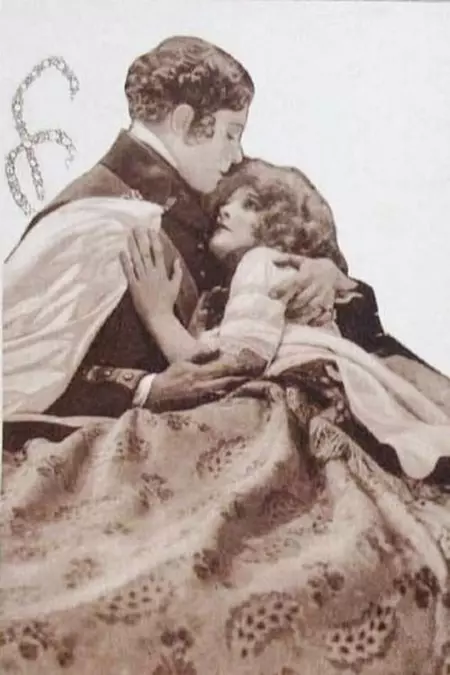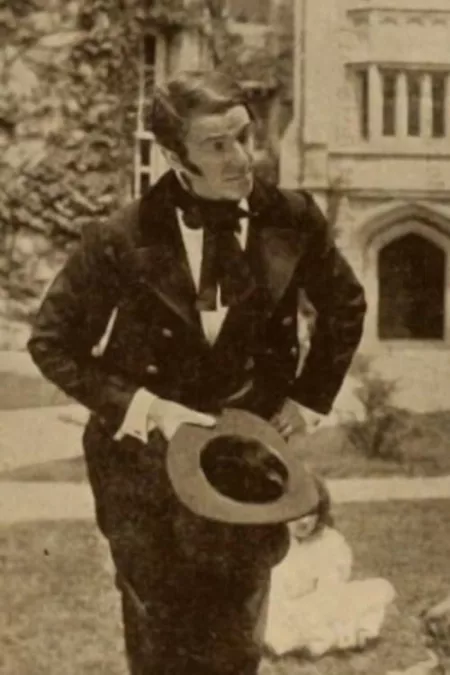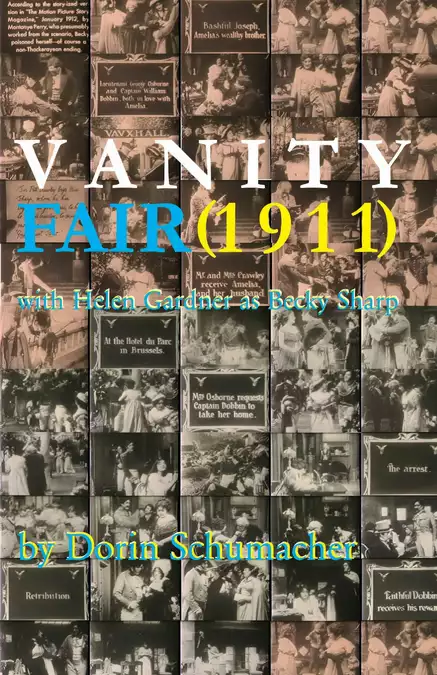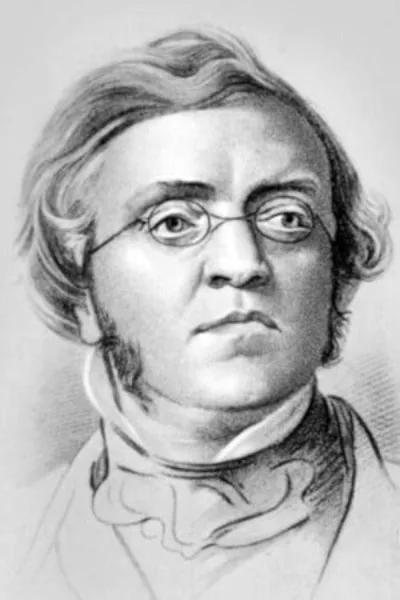
Biography
William Makepeace Thackeray (18 July 1811 – 24 December 1863) was an English novelist and illustrator. He is known for his satirical works, particularly his 1847–1848 novel Vanity Fair, a panoramic portrait of British society, and his 1844 novel The Luck of Barry Lyndon, which was adapted into the 1975 film Barry Lyndon by Stanley Kubrick.
Filmography
all 16
Movies 12
TV Shows 4
Writer 2
Novel
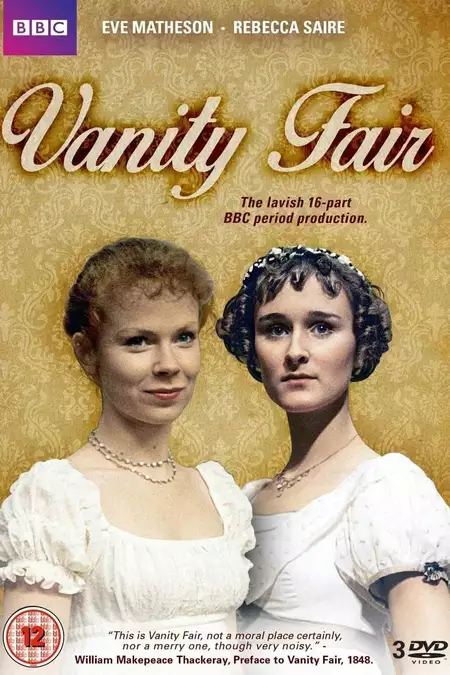
Vanity Fair (1987)
TV
Novel
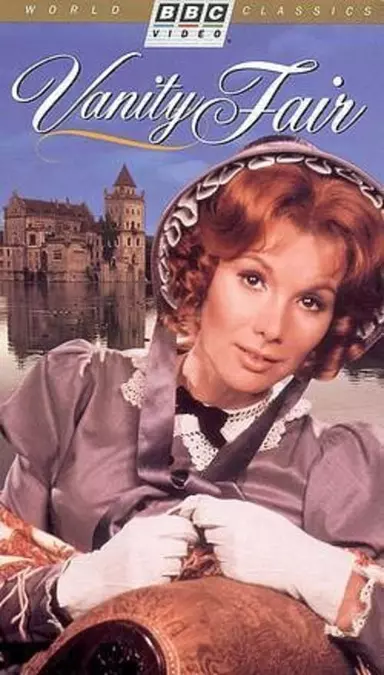
Vanity Fair (1967)
TV
Information
Known ForWriting
GenderMale
Birthday1811-07-18
Deathday1863-12-24 (52 years old)
Birth PlaceKolkata, India
ReligionAnglicanism
Height
SpouseIsabella Gethen Creagh Shawe
ChildrenJane Thackeray, Harriet Stephen, Anne Isabella Thackeray Ritchie
FatherRichmond Thackeray
MotherAnne Becher
SiblingsThomas Thackeray
RelativesVirginia Woolf
CitizenshipsUnited Kingdom of Great Britain and Ireland
Also Known AsThackeray
This article uses material from Wikipedia.
Last updated:
 William Makepeace Thackeray
William Makepeace Thackeray- Filmography
- Information
